Installing a swimming pool is a significant investment. Taking the time to research and install a beautiful yet safe and functional pool fence is a smart way to enhance your investment.
Do colour and material really matter? Of course, they do. There is a range of materials that you can choose from. Perhaps you are fond of the traditional pool fence styles, or maybe you prefer a modern take on pool fences with glass panels. Both look elegant and stylish, but what are the top fences for pool safety?
Before you can understand the best option for safety, you need to consider a few more things.
Who, what, how?
First, consider what type of pool you need a fence for. Is it a permanent pool? Is it inflatable? Temporary? Even temporary pools (and some inflatable pools) require fencing that adheres to current safety regulations. Find out what you need to know about fencing for temporary and inflatable pools in our recent article here. Also, consider the members of your household and who will be exposed to the pool area. Do you have small children or animals? Will regular visitors include children or animals? These are essential considerations that cannot be left out.
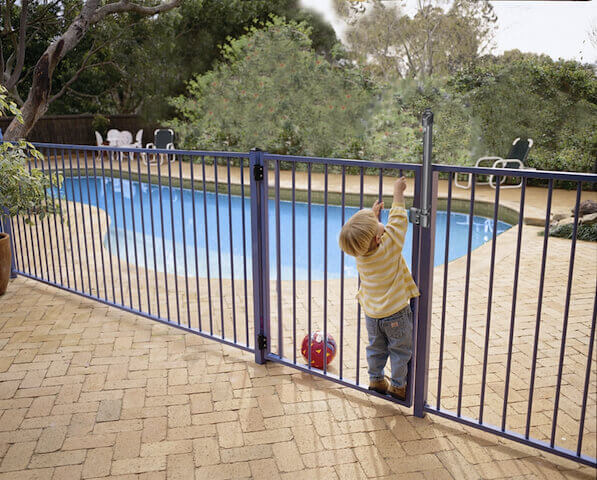
Is there an existing fence or boundary?
Will there be a boundary or retaining wall that makes up part of the fence? If so, does it comply with safety regulations? Boundary walls and retaining walls have a set of regulations they must adhere to so that you can obtain a safety certificate. Find out what you should know about boundary fences here.
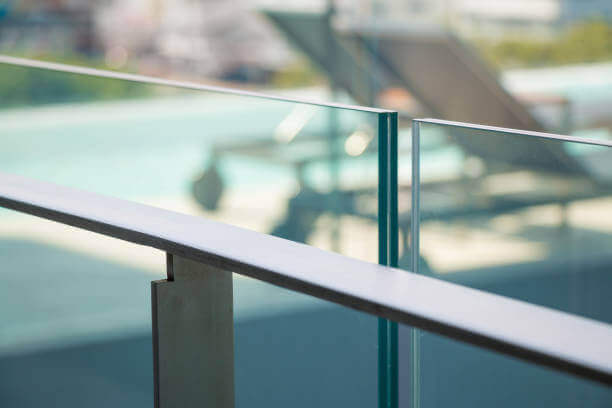
Have you considered the budget?
What sort of budget are you working with? It’s best to include the costs of a safe and secure pool fence in your overall swimming pool budget. Sometimes, you can save on costs when you install a DIY pool fence. However, it is still critical that your pool fences adhere to the current safety laws. Additionally, temporary fencing may be more cost-effective than a permanent fence. However, more often than not, a temporary fence just isn’t as safe as a permanent one.
Other points to consider include:
- What does the current landscape look like, and will it hinder the pool fence or your visibility?
- What do you consider to be non-negotiable and deal-breakers when it comes to the look and structure of your pool fence?
- Who will be using the pool, and will there be a need for supervision? How will you achieve adequate visibility if children are playing in the pool?
Regardless of the installation method, materials or landscape, your pool fence will need to comply with current regulations. You will need a valid safety certificate that is to be renewed every four years in Victoria. Learn more about the pool fence safety requirements in our recent article.
So, what are the safest pool fences? A combination of the right structure and materials for your space, coupled with strict adherence to the safety guidelines, will see your pool fence being as safe as possible.
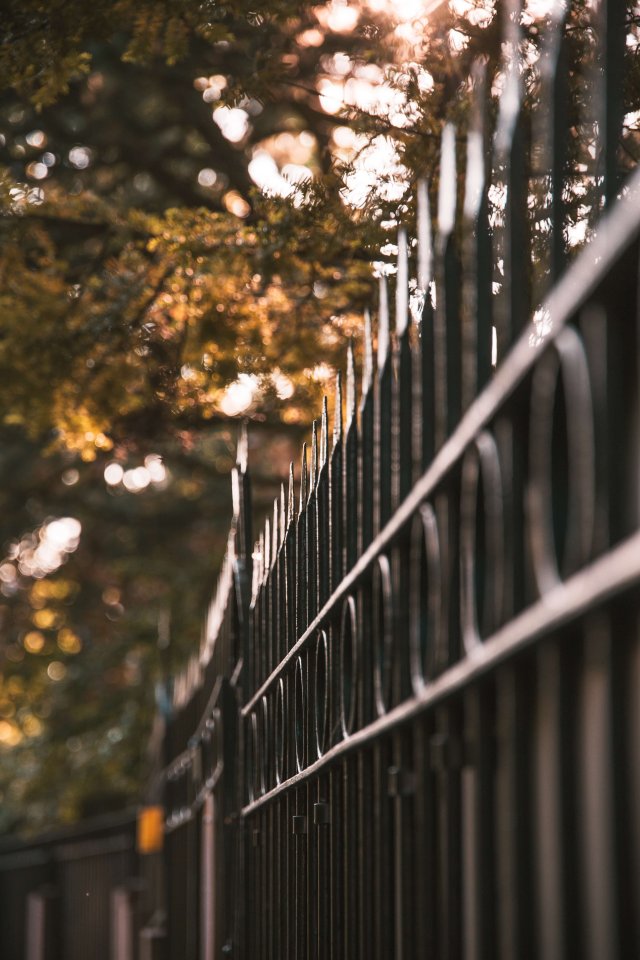
Choosing the right structure for optimal safety
First of all, a permanent fence will always be sturdier and safer than a temporary one. The fence posts of a permanent structure will be concreted into the ground, leaving no room for flimsy panels or movement. A temporary pool fence is prone to movement that can result in the loosening of screws and panels. Less movement means less chance that a child or animal could get through to the pool area through a gap in the fence.
A permanent fence is designed to withstand the elements and stay in place regardless of the weather conditions. It also will not be pushed down or toppled over as a temporary fence could.
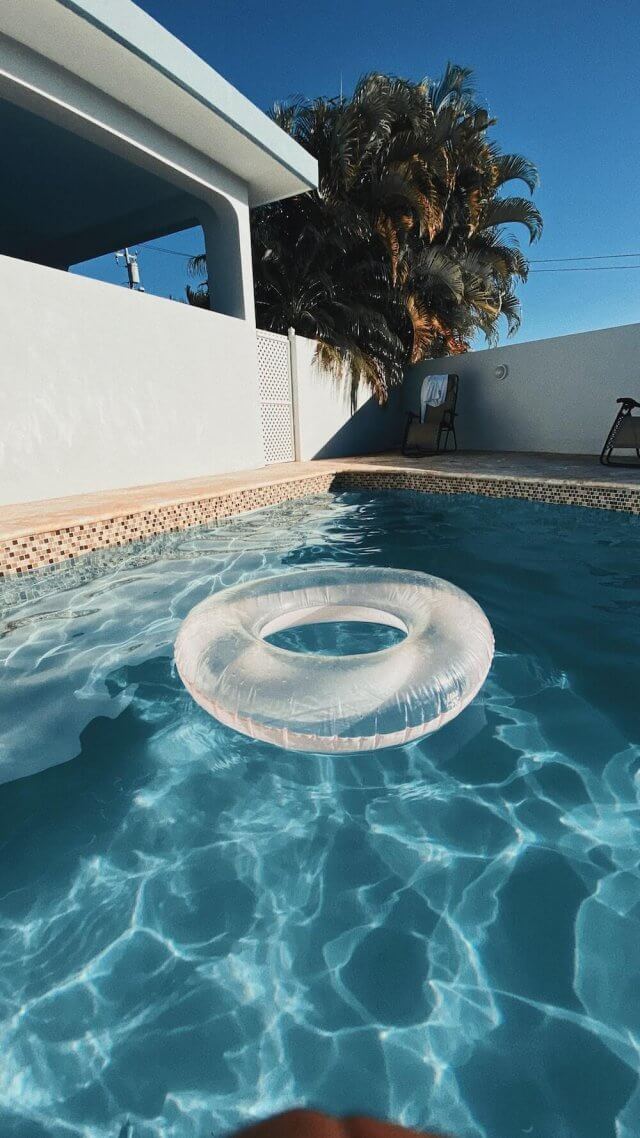
Decide which materials are best suited for your pool area
The material you choose for your pool fence will heavily depend on the landscape. Contemporary glass panel fences look modern and sophisticated, and they are generally a sturdy option. However, they aren’t always the best option for pools surrounded by uneven terrain. On the other hand, powder-coated iron fences are often a great solution to any landscape around the pool. They are sturdy and extremely difficult to damage while adapting well to various terrains.
You can also add removable mesh to your fencing for an additional layer of safety, particularly if there are animals or children expected around the pool area. This option is also a great idea if you plan a party that will include young children in attendance.
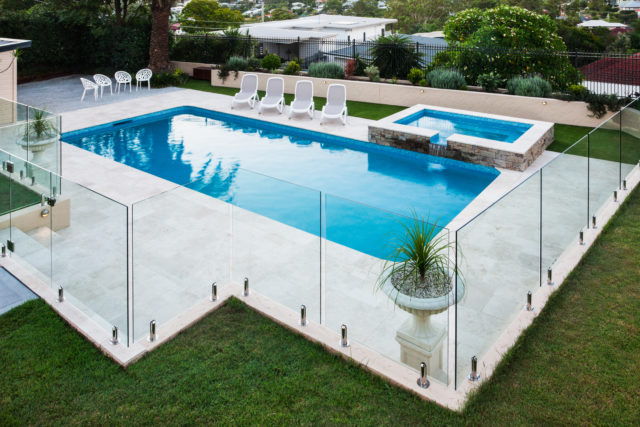
Consider who will install the fence
Are you looking to DIY your pool fence, or will you plan to have it professionally installed? Pool fences are safest when they comply with the pool fence safety standards. It is critical that you know the criteria for your state and follow them. If you have professionals install your pool fence, you must obtain a building permit from your local council for them to follow.
If you choose to DIY your pool fence installation, you will still need to follow a building permit and obtain a safety certificate. The best way to ensure you are prepared for a safety inspection is to have a pre-compliance assessment by one of our trained consultants. Having a pre-compliance evaluation will help you identify anything that still requires work and dramatically reduces your risk of fines and time pressures to have the fence corrected. Head over to our contact page to discuss a consultation.
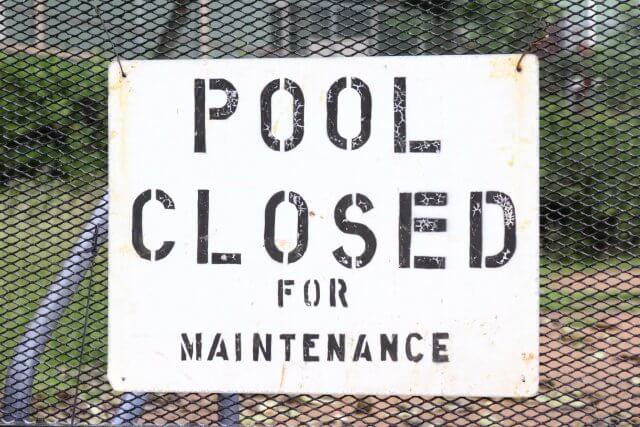
Make an informed decision
When it comes to choosing the best pool fence for safety around your swimming pool, knowing the safety requirements, assessing your landscape and considering who will be around the pool are all key to making an informed decision. Remember, some fences may look nicer, or they could be more affordable, but they may not be the best choice for safety.
Safety must be a priority, and corners should never be cut on price or functionality when it comes to pool safety.
